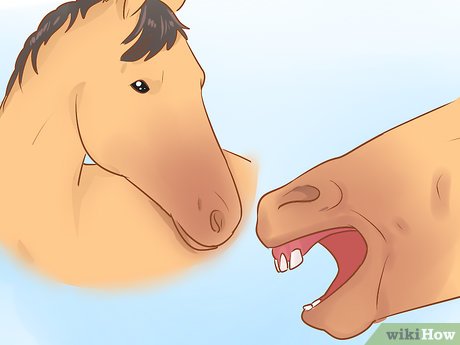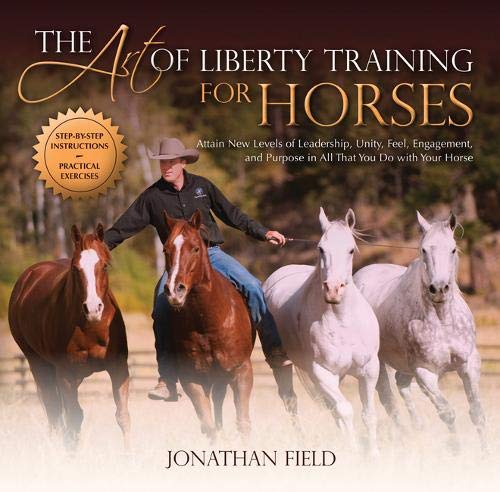Horse Communication: How They Talk to Each Other

Horses are highly social animals that communicate with each other through a variety of methods. Understanding how horses communicate can deepen our appreciation of their behavior and improve our interactions with them. This article explores the different ways horses convey messages, from body language to vocalizations.
Methods of Horse Communication

| Communication Method | Description | Purpose |
|---|---|---|
| Body Language | Includes ear position, tail movement, facial expressions, and posture. | To express emotions like fear, aggression, curiosity, or relaxation. |
| Vocalizations | Sounds such as neighs, whinnies, snorts, and nickers. | To signal alarm, call for attention, or express contentment. |
| Tactile Signals | Physical touch like nuzzling, grooming, or biting. | To establish bonds, show affection, or assert dominance. |
| Scent Communication | Use of scent glands and urine marking. | To convey reproductive status or territorial boundaries. |
Detailed Explanation of Communication Methods

Body Language
Horses rely heavily on body language to communicate subtle and overt messages. For example, pinned-back ears often indicate anger or discomfort, while forward ears show interest or curiosity. Tail swishing can signal irritation or an attempt to ward off insects. Understanding these cues helps in interpreting a horse’s mood and intentions.
Vocalizations
Each vocal sound has a specific meaning. A neigh or whinny can be a greeting or a call to other horses, while a snort might indicate alertness or mild agitation. Nickering is often a soft, friendly sound used between a mare and her foal or between familiar horses.
Tactile Signals
Physical contact is crucial in horse social structures. Mutual grooming strengthens bonds and reduces stress. Conversely, biting or nipping can be a way to establish hierarchy or express displeasure.
Scent Communication
Horses use scent to communicate reproductive status and mark territory. Stallions often use urine to mark their presence, while mares may signal fertility through specific scents.
Why Understanding Horse Communication Matters
- Enhances safety for handlers and riders by recognizing warning signs.
- Improves training effectiveness by responding appropriately to horse cues.
- Strengthens the human-horse bond through better empathy and interaction.
FAQ
Q1: Can horses understand human emotions?
A: Yes, horses are sensitive to human body language and tone of voice, often responding to emotional cues.
Q2: How do horses communicate fear?
A: Signs include wide eyes, flared nostrils, pinned ears, and rapid tail movement.
Q3: Do horses communicate differently in the wild?
A: Wild horses use the same communication methods but may rely more on subtle body language to avoid predators.
Q4: How can I improve communication with my horse?
A: Spend time observing your horse, learn their specific signals, and respond consistently and calmly.
Summary
Horse communication is a complex and fascinating system involving multiple channels. By learning to read and interpret these signals, we can foster better relationships with these majestic animals and ensure their well-being.
Would you like me to help make the language more conversational, add more scientific references, or include real-life examples of horse communication?
